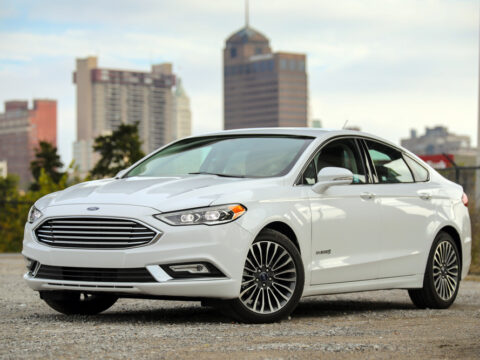Electric cars are gaining popularity for their eco-friendliness and innovative technology, but they’re not without their flaws. Many issues go unnoticed or unspoken. Here’s a look at some unfortunate flaws in electric cars that no one talks about, revealing the hidden challenges of owning an EV.
Contents
Limited Range in Extreme Temperatures
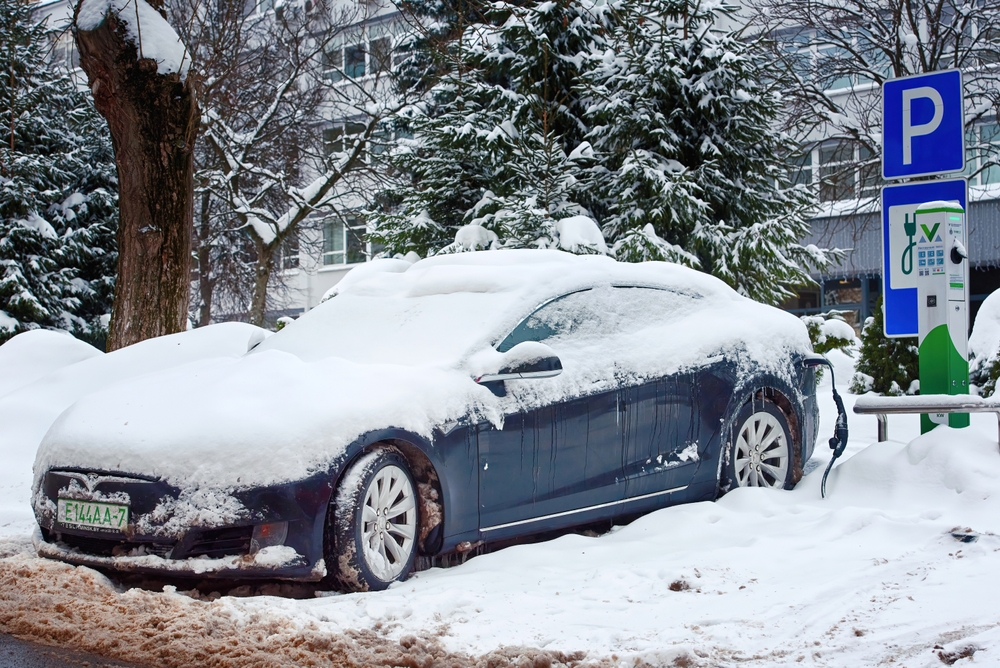
Electric cars often experience a significant reduction in range in extreme cold or hot temperatures. This happens because battery efficiency decreases in cold weather, and more energy is used to heat or cool the cabin. Many manufacturers do not prominently advertise these limitations. To help customers, dealerships should provide clear information on how temperature affects range and suggest best practices for maintaining battery performance in extreme conditions.
High Upfront Costs

The initial purchase price of electric vehicles (EVs) is generally higher than that of traditional gasoline cars due to the expensive battery technology. This cost is often overshadowed by the emphasis on long-term savings through reduced fuel and maintenance expenses. Potential buyers should be informed about the true cost of ownership, including incentives and rebates that can help offset the higher upfront costs.
Limited Charging Infrastructure
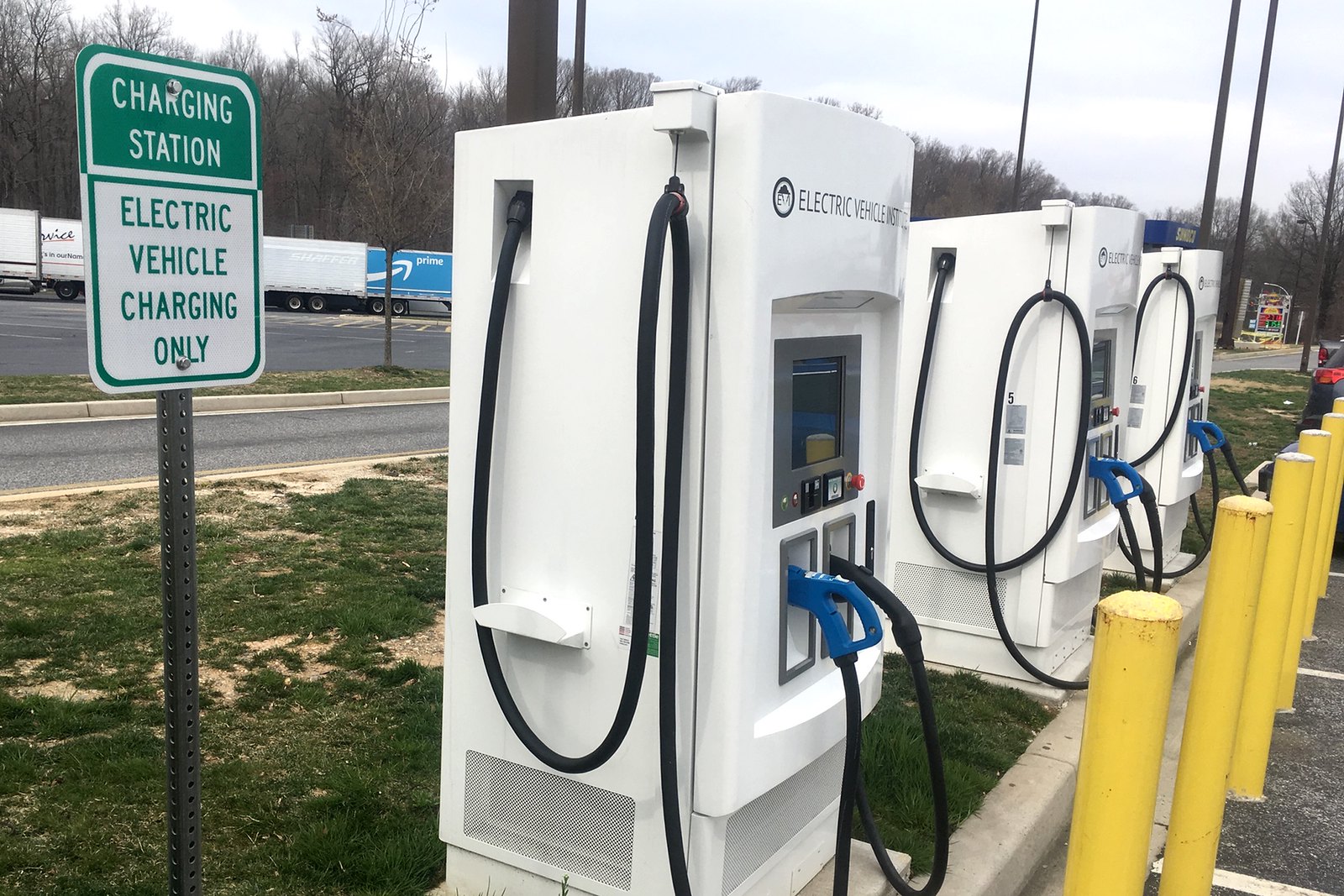
While charging infrastructure is improving, it is still not as widespread or reliable as gasoline stations. This can lead to range anxiety and inconvenience, especially in rural or less-developed areas. Prospective EV owners should be advised to evaluate the availability of charging stations in their daily commute and travel routes before making a purchase.
Long Charging Times
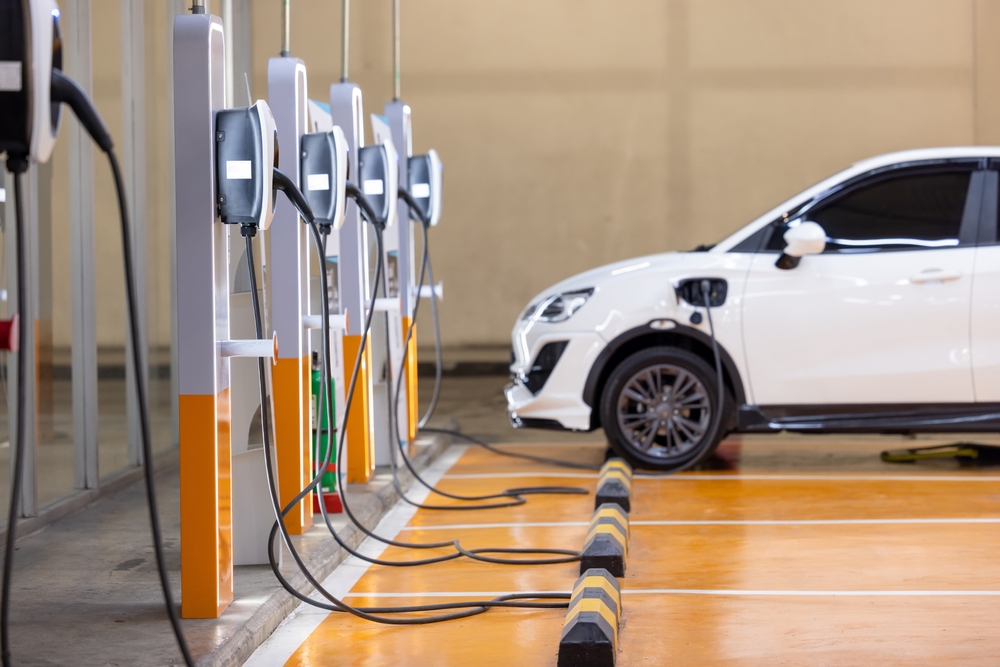
Charging an electric car can take significantly longer than refueling a gasoline vehicle, even with fast chargers. This is often downplayed in favor of the convenience of home charging. Customers should be made aware of the typical charging times for different types of chargers and plan accordingly for longer trips or when they are on tight schedules.
Battery Degradation

Over time, the battery in an electric car will degrade, resulting in reduced range and performance. This is a natural process, but it is often not highlighted by manufacturers. Buyers should be informed about the expected lifespan of the battery, the cost of replacement, and how to maintain battery health to prolong its life.
Limited Model Options

The variety of electric vehicle models available is still limited compared to gasoline vehicles, which can restrict consumer choice in terms of size, style, and features. This limitation is not always clear to potential buyers. Customers should be encouraged to explore all available options and consider whether an EV meets all their needs before committing.
Higher Insurance Costs

Insurance for electric vehicles can be more expensive due to the higher repair costs and the specialized knowledge required for repairs. This cost factor is often overlooked in the overall cost of ownership. Prospective EV buyers should check insurance rates and factor them into their budget.
Charging Station Compatibility
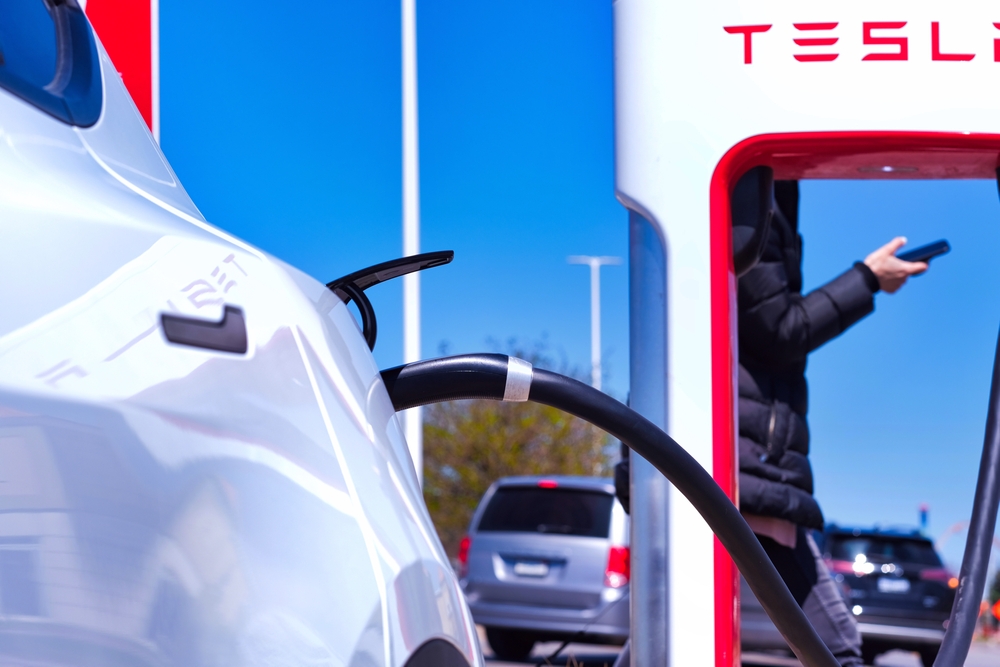
Not all EVs are compatible with every type of charging station, which can cause inconvenience and limit charging options. This compatibility issue is sometimes glossed over by manufacturers. Customers should verify the compatibility of their EV with local charging infrastructure and consider purchasing adapters if necessary.
Limited Towing Capacity

Many electric vehicles have limited towing capacity compared to their gasoline counterparts, making them less suitable for tasks that require heavy hauling. This limitation is often not well-publicized. Buyers who need towing capabilities should carefully review the specifications of potential EVs and consider their needs.
Resale Value Uncertainty
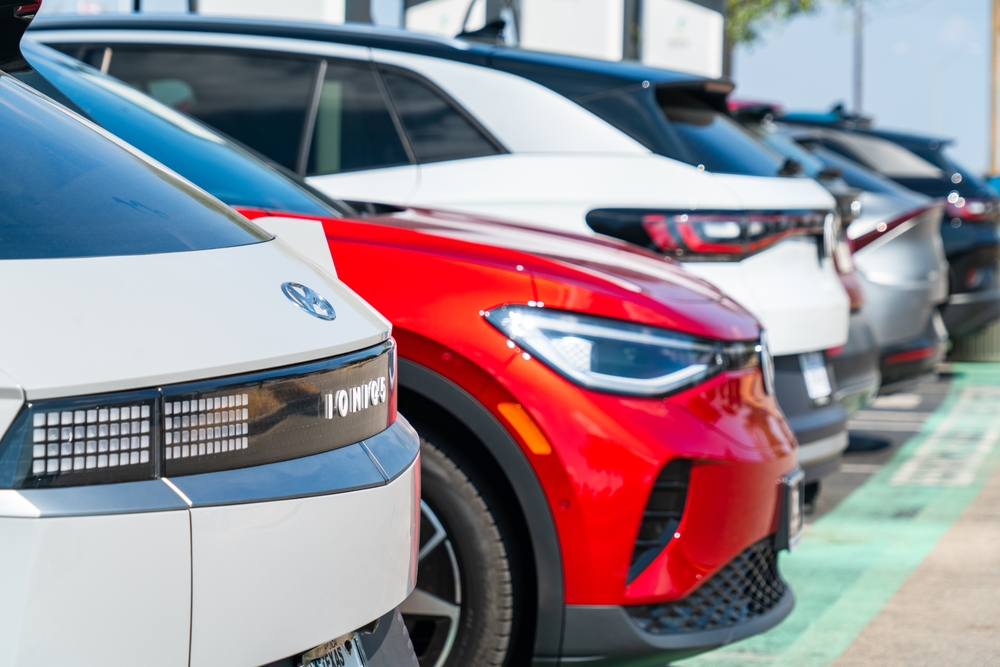
The resale value of electric vehicles can be unpredictable due to rapid advancements in technology and concerns about battery life. This uncertainty is not always highlighted by dealerships. Prospective buyers should research the resale values of different EV models and consider potential depreciation when making a purchase decision.
Limited Repair Options

Repairing an electric vehicle often requires specialized knowledge and equipment, which can limit the number of available repair shops and increase costs. This is frequently overlooked by potential buyers. Customers should seek out information on local repair facilities and consider purchasing extended warranties or service plans.
Battery Disposal and Recycling

The disposal and recycling of EV batteries pose environmental and logistical challenges. This issue is not often discussed in marketing materials. Buyers should inquire about the manufacturer’s battery recycling program and the environmental impact of battery disposal.
Impact on Electric Grid
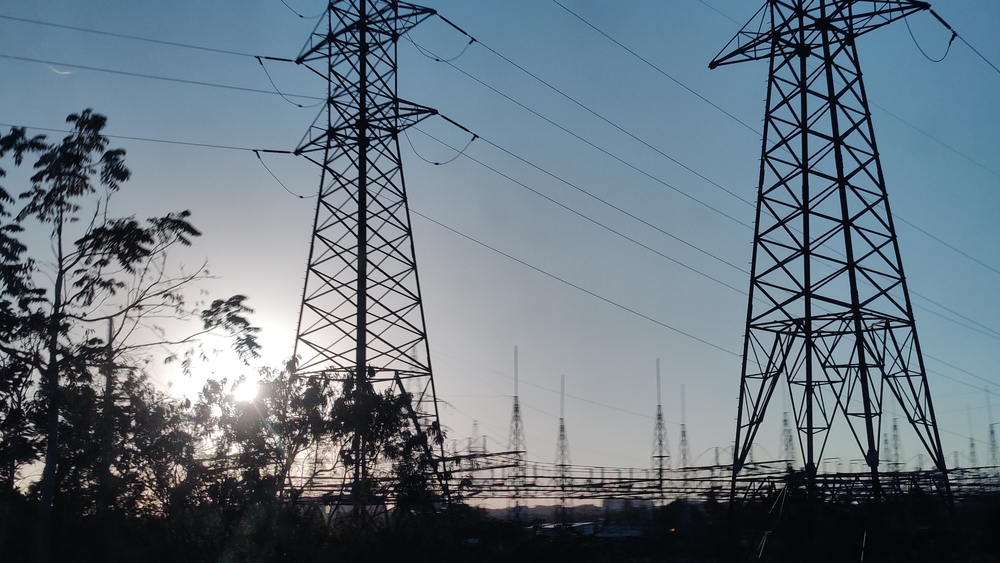
A significant increase in the number of electric vehicles can strain local electric grids, leading to potential power outages or increased electricity costs. This systemic impact is not commonly addressed. Prospective EV owners should be aware of their local grid’s capacity and consider the potential need for home charging infrastructure upgrades.
Weight and Handling

Electric vehicles are typically heavier than gasoline cars due to the weight of the batteries, which can affect handling and tire wear. This is often not mentioned in advertisements. Buyers should test drive EVs to get a sense of the handling and ask about tire maintenance requirements.
Noise for Pedestrians
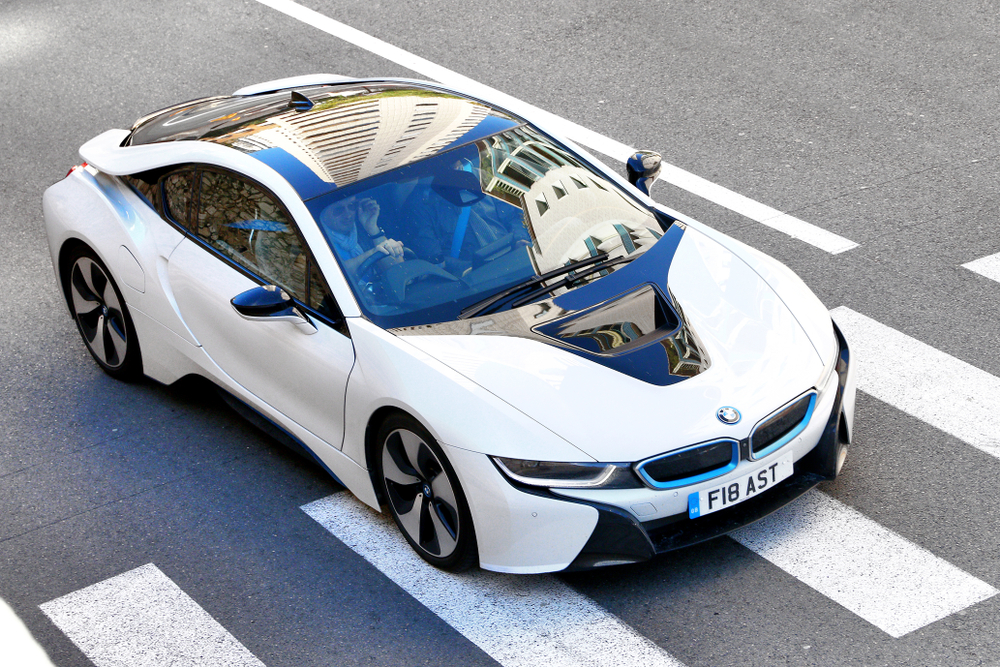
Electric vehicles are much quieter than gasoline cars, which can pose a danger to pedestrians who rely on sound to detect approaching vehicles. This safety concern is not always highlighted. Customers should consider models with artificial noise generators to mitigate this risk.
High Voltage Risks
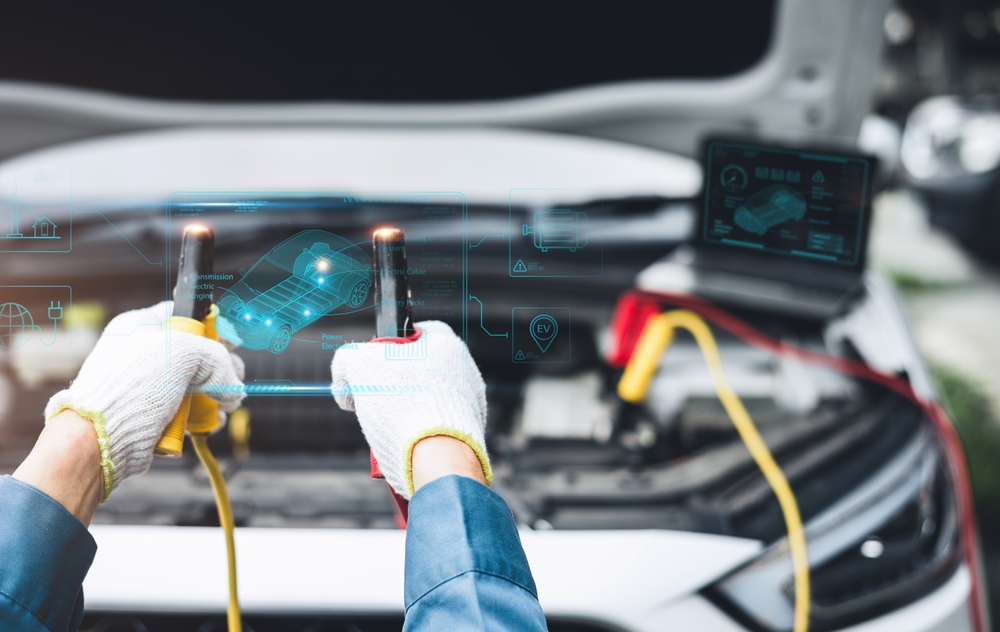
Electric vehicles operate on high-voltage systems, which can pose safety risks during accidents or repairs. This risk is often underrepresented in marketing materials. Buyers should be informed about the safety protocols and training for handling high-voltage systems.
Reduced Interior Space
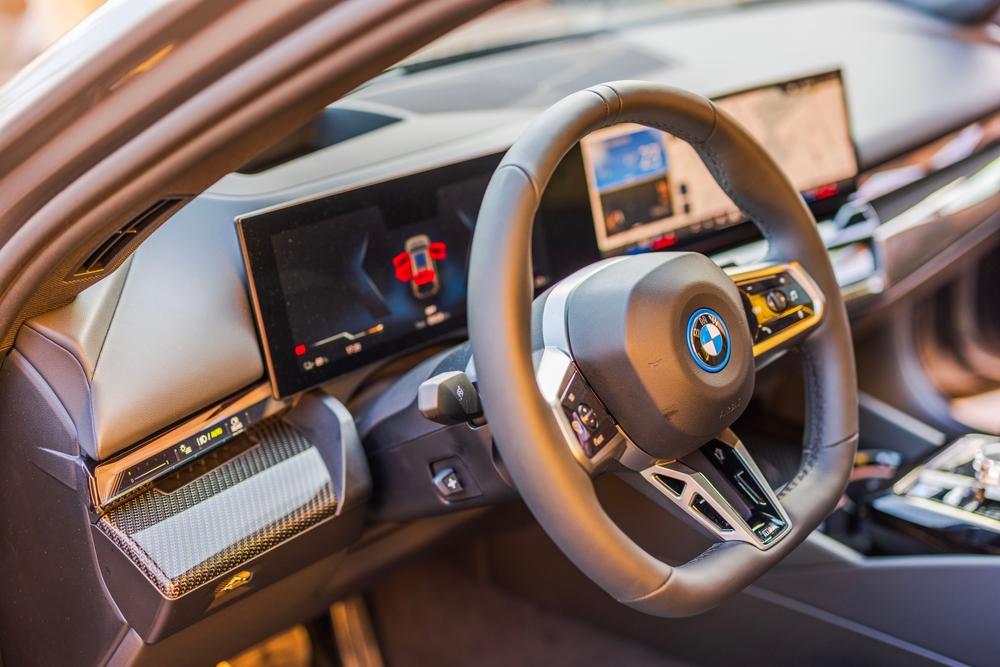
The design of electric vehicles, particularly those with large battery packs, can sometimes reduce interior and cargo space. This limitation is not always clear in promotional materials. Customers should carefully inspect and test drive EVs to ensure they meet their space requirements.
Inconsistent Government Incentives

Government incentives for electric vehicle purchases can vary significantly by region and can change over time, adding uncertainty to the cost savings calculations. This variability is not always transparent. Buyers should research current incentives and confirm their availability before making a purchase.
Limited Off-Road Capability
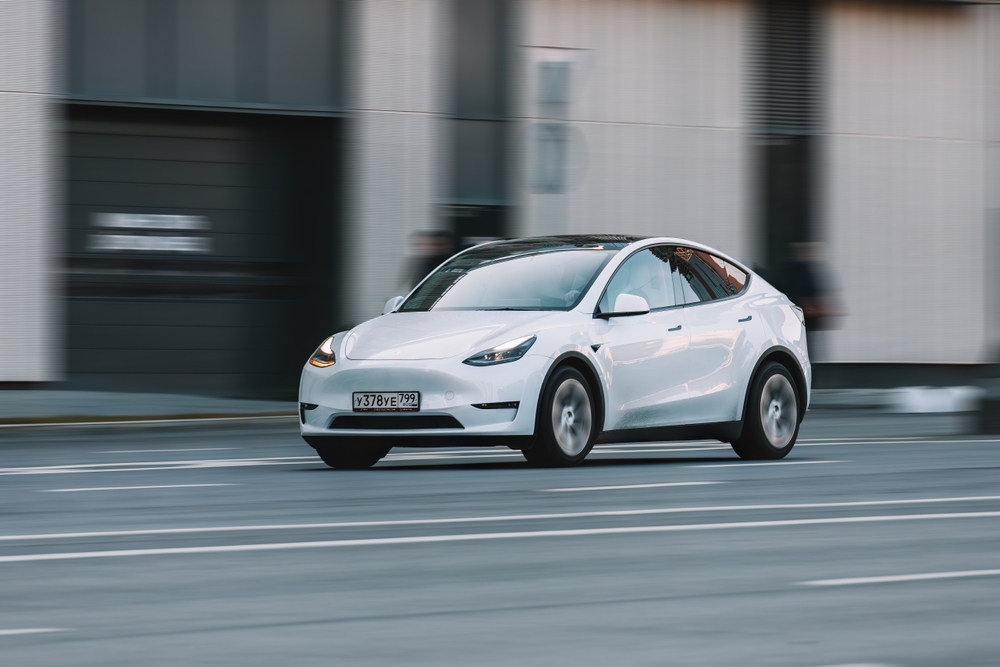
Most electric vehicles are not designed for off-road driving, limiting their versatility compared to some gasoline-powered SUVs and trucks. This limitation is often not well-publicized. Prospective buyers with off-road needs should carefully review the capabilities of potential EV models.
Range Overestimation

Manufacturers often provide optimistic range estimates that may not reflect real-world driving conditions, leading to disappointment and range anxiety for new EV owners. This overestimation is not always clear. Buyers should seek out independent range tests and reviews to get a more accurate picture of the vehicle’s capabilities.
This article originally appeared in MyCarMakesNoise.
More from MyCarMakesNoise
10 Worst Military Vehicles Ever Deployed

Military hardware doesn’t always hit the mark. While some vehicles become legendary for their effectiveness, others are plagued by problems that render them almost useless. Read More.
10 Extreme Off-Road Vehicle Mods for Adventurous Drivers

Standard vehicles often fail to provide the necessary durability and performance for those who crave adventure and the thrill of the unbeaten path. Extreme off-road modifications transform everyday vehicles into powerful machines capable of tackling the most challenging terrains. Read More.
15 Iconic Car Designs That Influenced the Industry

Throughout the history of the automotive industry, certain car designs have stood out for their groundbreaking impact on the market and culture. These iconic vehicles defined their eras and set new benchmarks in performance, aesthetics, and technology. Read More.

